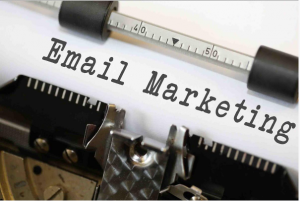Even though email is no longer considered a top of line marketing tool, it is still one of the best ways to reach potential customers. This article has listed three ways restaurants can use email marketing effectively.
1. Referral Rewards
Consumers are more likely to trust reviews of restaurants or products of their friends and family rather than trust recommendations of people they don’t know. So review platforms might not generate as many leads as word-of-mouth will.
It’s straightforward to set up referral programs and automate your marketing. Small presents or discounts at the restaurant can get your email subscribers to talk about your restaurant to their friends and families. For example, giving one referral can get 20 percent off the first meal for new customers and 10 percent off for the customer who made the referral. This would bring in new customers and have little effect on your overall revenue.
2. Exit-intent Pop-ups
Pop-ups can be distracting, but they can bring new customers when used right. Exit-intent pop-ups don’t pull your website users away from whatever they are doing but ask for their attention once they leave.
Exit-intent pop-ups appear when users are about to leave your website, this way, instead of being annoying, they are just increasing your brand engagement. They might ask users to subscribe and get a gift or discount the first time. By putting in their email and sometimes phone information, they provide you with more ways of marketing while being happy about getting something valuable in exchange.
3. Birthday Offers
Birthdays can be a great way to market your brand. By giving birthday offers, you create a sense of urgency in your customers to avail of the offer in a limited time. However, it’s best not to do one-day offers as they could have other birthday plans and cannot claim the offer even if they want to. One-week deals are a good balance, short enough that they fear missing out but long enough to make time for it.
Birthday offers are very easy to make; all you have to do is collect birthday information during the sign-up process and send them automated emails around their birthdays.


